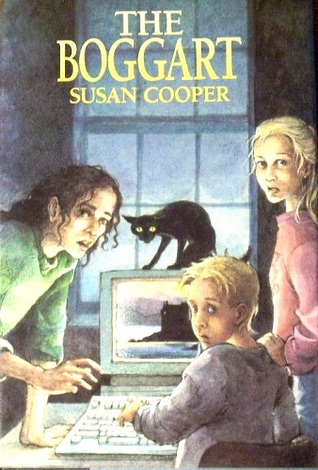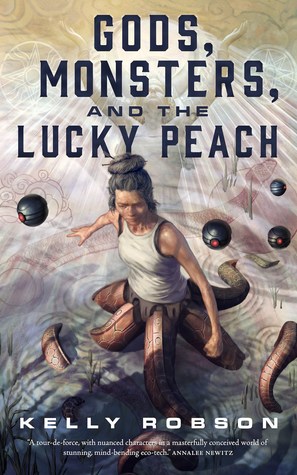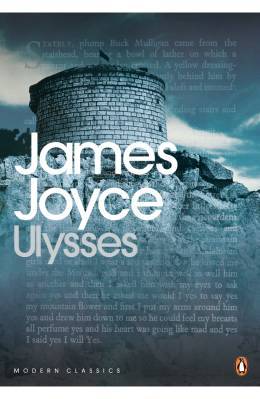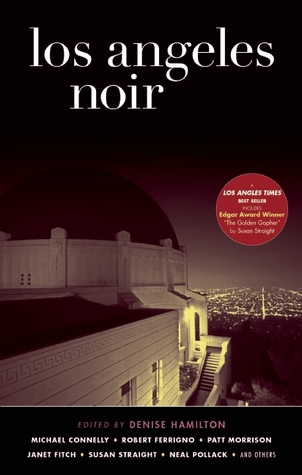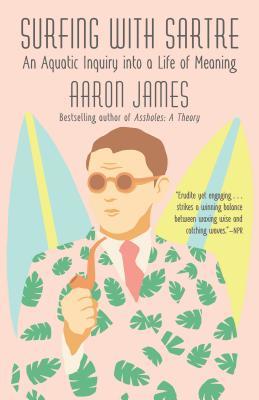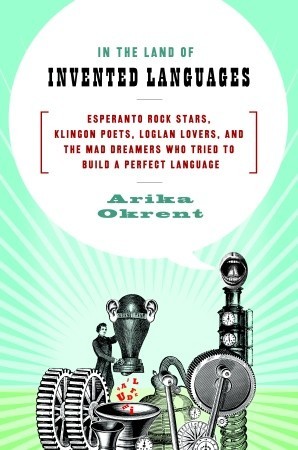One of my ongoing goals is to clear out my backlog of unread books. Burnt Shadows has been in my library since 2009 and might win the award for “gone longest without reading,” at least among the books I have left after numerous purges. The Wrath of Kon Mari.

Author: Kamila Shamsie
My GoodReads rating: 2 stars
Average GoodReads rating: 3.9 stars
Language scaling: B2+
Summary: The atom bomb brings together disparate families from Japan, India, England and Germany, leading to tragedy and betrayal in post-9/11 America.
Recommended audience: History buffs and international policy nerds who might want a narrative, fictional take on what they already know
In-depth thoughts: Is it bad manners to pan a book from your college writing workshop professor? I guess, but I’ll go ahead and bite the hand that fed me.
The current political atmosphere in the US, when the national paranoia stoked in the aftermath of September 11th, 2001 is once again on the rise, may have affected how I felt about everything. Maybe my own impatience with reading and wanting to get back on track with my book goals might have also forced me to rush and engage with Burnt Shadows differently than if I were just leisurely reading.
The story itself, about the thin threads of happenstance that connect people half a world apart, is intricate and fascinating and the multigenerational aspect of the story is handled really well, in that all of the parts that Shamsie includes in the story feel absolutely essential.
The sticking point for me was the characters. There are a lot, but it’s not their plenitude that I had an issue with. Actually, on a technical level, the multiple perspectives are handled masterfully. Usually switching perspectives within a scene is confusing and unnecessary, but in this case it works for Shamsie and brings essential information and development to the table.
But the reason that these perspective shifts work on a micro level might be why I was lukewarm about the book on a macro level. Maybe it’s easier to smooth the transition between “head hops” when all of the characters have the same inner narrative style: vaguely lyrical, poetic, refined. It’s not up there with the dialogue in John Green’s Kids With Cancer Falling in Love Makes For Rave Reviews Because Who Would Shit on a Story About Kids With Cancer*—each character’s language and thought process, in isolation, is completely believable; there’s nothing bombastic or ridiculous about any of it—but it does strain credulity a bit that everyone in Burnt Shadows looks at the world through similar metaphors and has essentially the same inner narrative voice. I was reminded a lot of A Death in the Family and why I rage quit that one years ago: characters were only surface-level different; they still all thought with the same voice and noticed and commented on the same sorts of things. That one was an atheist and another was religious had no real bearing on anything. They were all interchangeable.
There is also an element of melodrama in the writing that feels out of place for me. This is a story about really terrible things, like the atom bomb and Guantanamo Bay and Islamophobia and kids in military training camps—the extra layer of interpersonal melodrama feels unnecessary, and undercuts the gravity of the story.
*I mean, I would. ¯\_(ツ)_/¯

